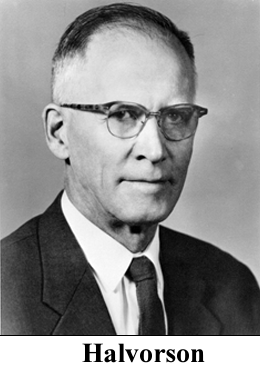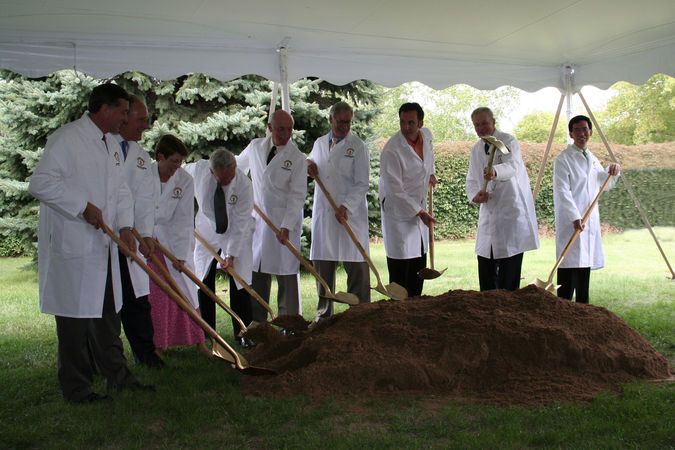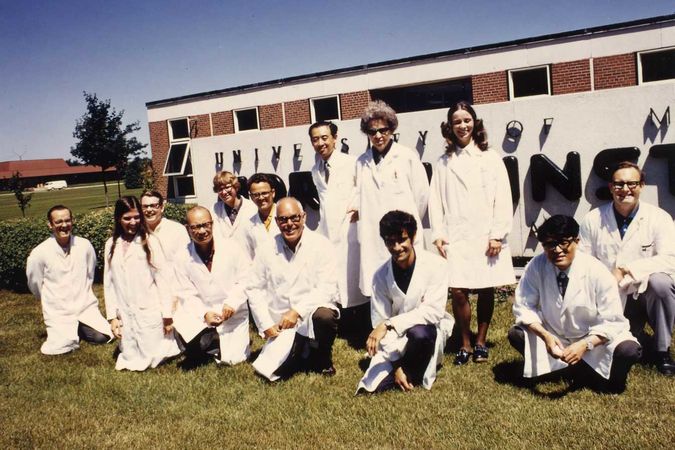The Hormel Institute owes its existence to the curiosity and foresight of one man – Jay C. Hormel, long-time president and CEO of Geo. A. Hormel & Co. (now Hormel Foods Corp.). Jay Hormel was a visionary who realized that mankind’s progress is largely based on scientific discoveries.
Hence, when he established The Hormel Foundation he resolved that part of the Foundation’s income should be used for scientific research, to be carried out locally. With that philosophy, the Hormel Institute was established on November 20, 1942, when The Hormel Foundation and the Regents of the University of Minnesota entered into an agreement to operate a biological research laboratory in the small town of Austin, Minnesota.

The first work was done on the main campus of the University of Minnesota under H. O. Halvorson, a prominent professor in the University’s Department of Bacteriology, who had served as an advisor to Jay Hormel on food stability. He became the Hormel Institute’s first Executive Director. Another “founding father” was Theodore C. Blegen, Dean of the University’s Graduate School, who served as the chairman of the Hormel Institute’s Board of Directors at the time it was founded, remained in that position for 17 years and had a major influence on its early development.
Other members of the original Institute Board included C. H. Bailey, Dean and Director of the University’s Department of Agriculture; R. P. Crane of The Hormel Foundation; F. C. Mann, Professor of Experimental Surgery at the Mayo Foundation; and Walter M. Lauer, Professor of Organic Chemistry at the University.
By the mid-1940s, several additional laboratories were constructed in the main building, a library was installed in the former hayloft, and office space was created. Institute faculty began to teach on the main campus, several graduate students carried out research at the Institute and postdoctoral fellows began to arrive.
Although “fats and other lipids” were among the early research interests of the Hormel Institute, progress was severely limited by the lack of suitable analytical methods. This would change significantly in the ensuing years. By the early 1950s, several of the early project leaders had left the Institute, and Ralph T. Holman and Hermann Schlenk were recruited from Texas A&M University.
Although useable space at the Institute had increased from the initial 400 square feet to about 12,000 (not counting animal barns), further expansion was impossible without a new laboratory building. Such a building, located near the Hormel plant and corporate offices, was approved in 1958, financed in equal parts by the Hormel Foundation and NIH, and opened in June 1960.






